We arrived at the vegetable farm of Tien An commune when the autumn-winter vegetable harvest was approaching. It is worth mentioning that in addition to vegetables, farmers have flexibly switched to growing flowers and fruit trees. The image of affluent villages, farmers earning hundreds of millions with the desire to innovate and get rich is increasing.
From rice fields to hundred million fields
From a purely agricultural commune, previously only cultivating rice, recently, the lives of farmers in Tien An commune have changed a lot. Curious to "witness" the transformation of this land, we were led by comrade Bui Thi Huyen, President of the Farmers' Association, to visit the fields of Dinh and Vuon Cau villages, the two main vegetable growing areas of the commune.
While walking, Ms. Huyen told: Previously, the fertile land of Tien An that our ancestors left behind was a rice growing area. Over time, although farmers worked hard all year round, "selling their faces to the land and their backs to the sky", they only harvested 2 quintals of rice/sao, equivalent to 1.6 million VND/sao/crop, and they could only cultivate one spring-summer crop and one autumn-winter crop due to the lack of water, so it was unstable. Since 2012, the safe vegetable model has been guided by the locality and the Department of Agriculture and Rural Development, disseminating the process, diversifying crops, and updating new high-quality, high-yield varieties. People gradually switched to cultivating one rice crop and one vegetable crop per year, then specialized, turning Tien An into one of the largest vegetable granaries in the province.
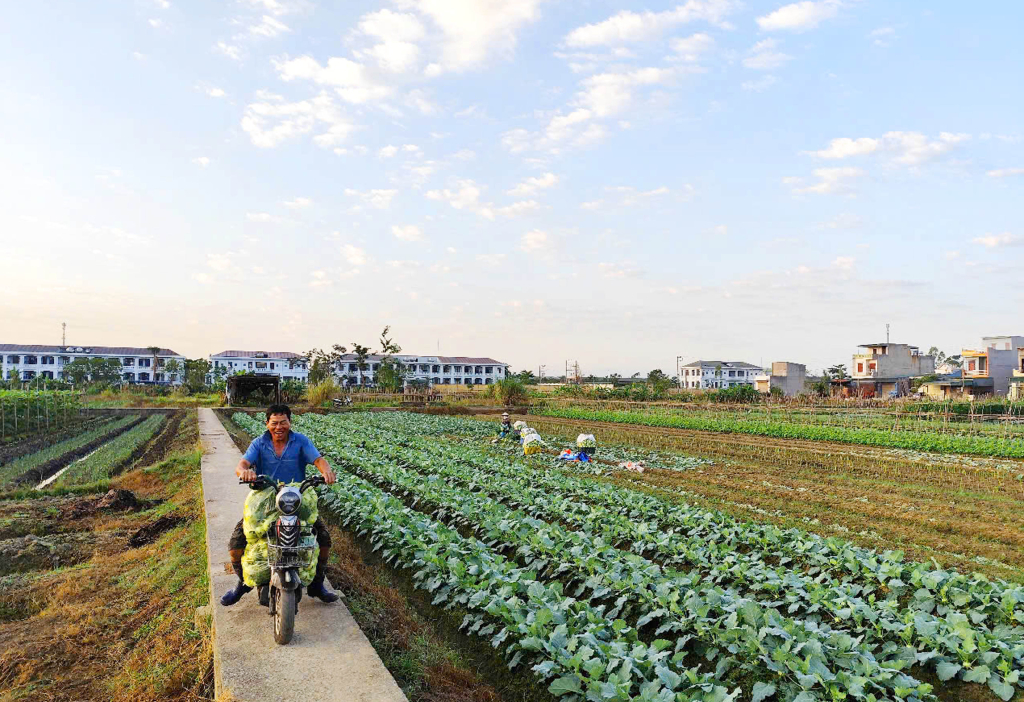
We went to Dinh village's fields, which are famous for their fertility, to visit the vegetable fields of Mr. Pham Van Chinh's family, which grow safe vegetables. This year, Mr. Chinh's family cultivates more than 1 sao of kohlrabi. Good soil, scientific farming methods, and favorable weather have helped kohlrabi grow well. Mr. Du said: After kohlrabi, we will take advantage of growing vegetables for Tet. Each season has a variety of leafy vegetables and root vegetables. We apply safe vegetable growing processes and diversify crops. Income has increased significantly compared to rice cultivation.
On average, Mr. Chinh can harvest 4-5 quintals, even 7-8 quintals of vegetables per sao. This year, his family can grow 3 short-term vegetable crops. Income also reaches 4-5 million/sao/crop, if the harvest is good and the price is good, it can help vegetable growers earn hundreds of millions of VND/ha.
From Dinh village fields, we visited the vegetable fields in Vuon Cau village, about 500m away, where most households apply the safe vegetable model. We visited the kohlrabi field of Mr. Tran Trung Thanh's family during the harvest season. Mr. Thanh shared: This is one of the fertile lands, mixed with a bit of sand, so it is suitable for many types of crops. Kohlrabi is a soil-friendly plant, this year the warm weather shortens the planting time, only about 35 days instead of about 40 days.
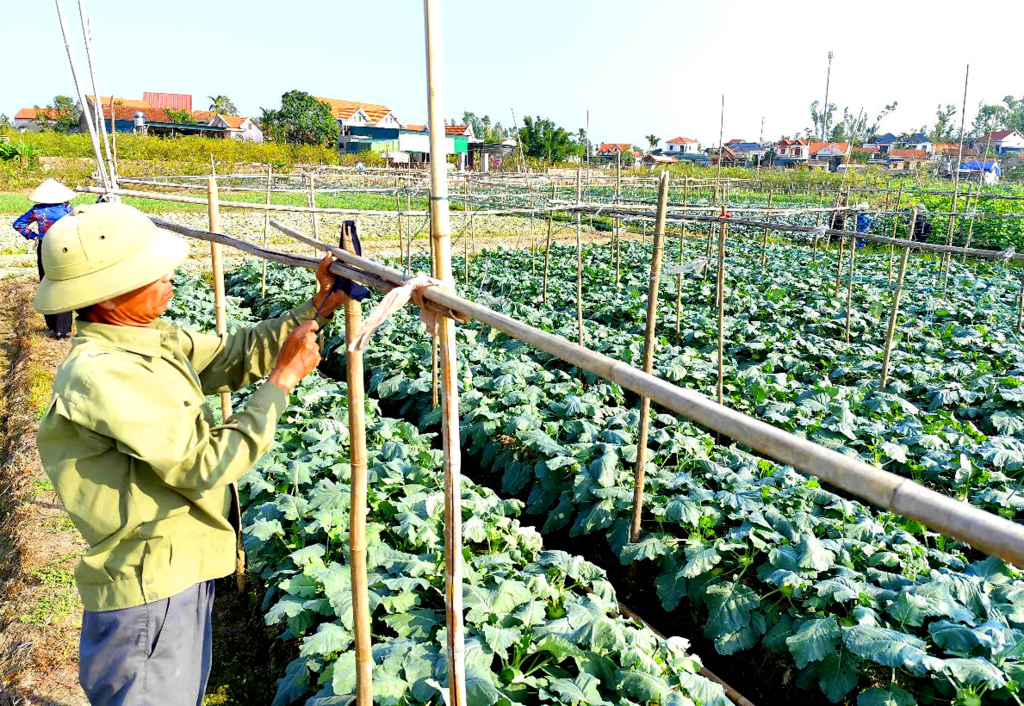
Mr. Thanh said he was very happy that the yield could reach 4-5 quintals/sao, peaking at 7-8 quintals/sao, estimated to earn an average of 5-7 million/sao, even tens of millions/sao if the price is good. Perhaps the secret of the people on the hundred million/ha fields in Tien An is not only the favor of the land and nature but also the flexibility in choosing the right plant varieties.
In the field next door, Mr. Vu Tat Dat's family cultivates about 1 sao of green beans that are currently being harvested. Mr. Dat said: I cultivate different types of vegetables than the fields next door. When the vegetable season is over, I switch to growing beans, onions, garlic, or other types of vegetables to create diversity and ease of consumption.
According to Mr. Dat, hundreds of households specializing in vegetable cultivation here are very interested in varieties, the diversity of crops, creating diversity that is easy to consume, good for crops. He said: "For example, we grow onions and garlic on land that has grown vegetables and find it very suitable. The excess material in the ground after growing vegetables is suitable for onions and garlic. On the contrary, the material in the fields where onions and garlic are grown is very good for vegetables, and there are very few pests and diseases. That is the experience and way of "changing land" of our farmers."
Looking at the hands of farmers over 60 years old like Mr. Thanh and Mr. Dat still quickly taking care of vegetables, then taking advantage of the time to build trellises to prepare for the squash and gourd planting season, I just realized that a vegetable field of 100 million or reaching 200-300 million VND/ha is a reality that Tien An rice farmers who previously worked hard "in the sun and rain" did not dare to think of.
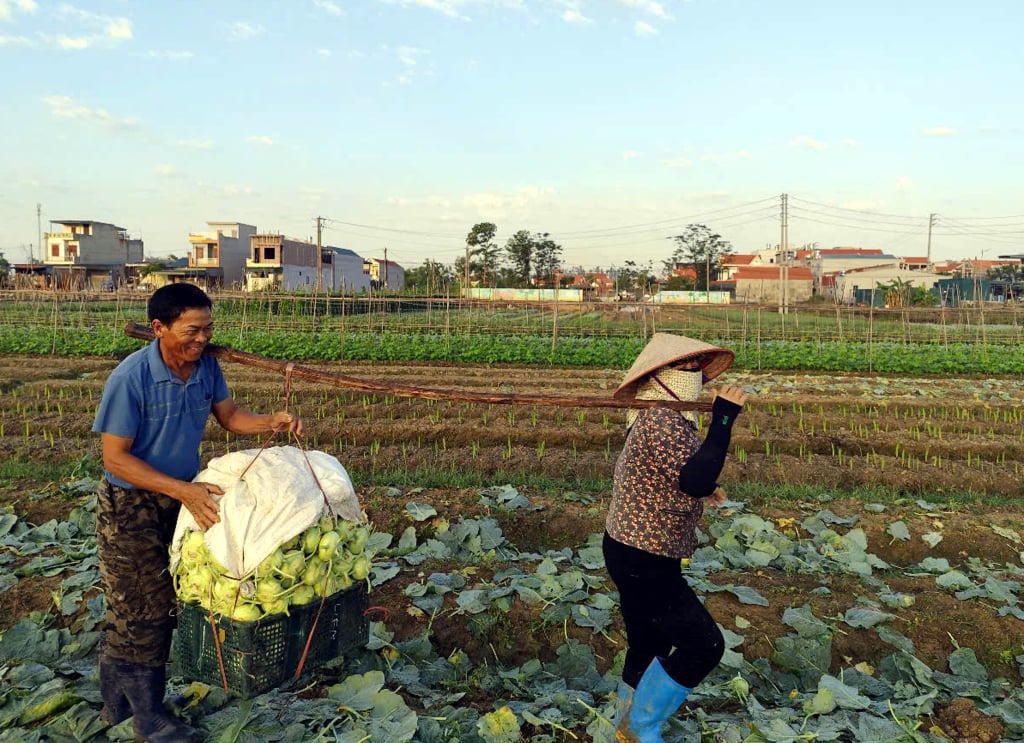
In fact, the high economic efficiency has made people quickly "catch" this model. Ms. Bui Thi Huyen said: From a few households growing safe vegetables, the number has now increased to hundreds of households in the whole commune. In the two key vegetable areas of Dinh and Vuon Cau villages alone, this number is over 300 households growing safe vegetables.
The area of vegetable cultivation and conversion to vegetable cultivation in the whole commune is over 436ha. People are more attached to and love their ancestors' land. The green and rich color of vegetables seems to have completely replaced rice, creating a new look for the poor rural area.
New ways to get rich
The change in crop structure has brought about a dramatic change in the lives of farmers and the appearance of the purely agricultural commune of Tien An. Therefore, the change in crop structure is increasingly receiving attention and support from the people. Mr. To Duy Tong, Secretary of the Party Committee of Tien An commune, shared: Flexibility in crop types and crop structure to make the best use of the fertile land area left by our ancestors is the top concern of the commune. From the achievements in cultivation, people increasingly trust and quickly support the change in crop structure.
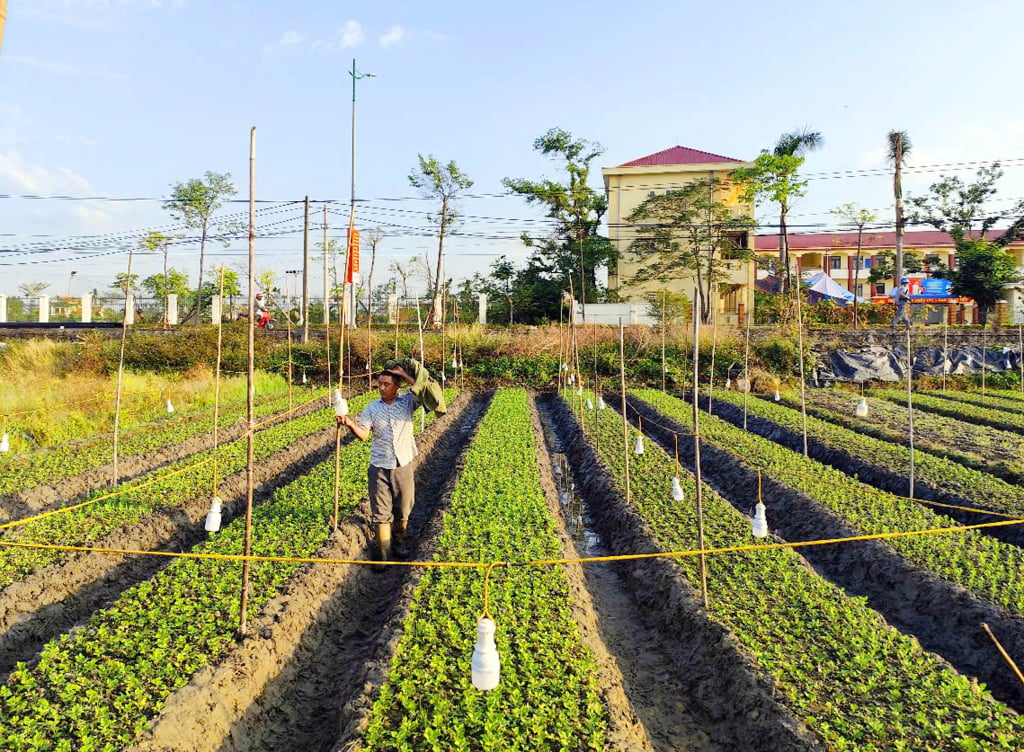
It can be seen that, also in the key vegetable growing area of Dinh village, at present, it has gradually become a vegetable - flower area. People take advantage of the cool morning air, bustling to prepare for the Tet flower crop on the vegetable fields. Having just finished harvesting vegetables, Mr. Pham Van Du quickly prepared the land to plant about 1,000 chrysanthemum seedlings. Before that, on these fields, he had grown leafy vegetables, planted kohlrabi, cabbage, etc.
However, all must be harvested and the land prepared before October to plant flowers for Tet. With a good income from growing flowers, this year he expects the garden of chrysanthemums, lilies, and peonies to bring in a harvest of over 40 million VND/crop, many times more than growing vegetables.
Similarly, on the adjacent plot of land, Mr. Pham Van Chat also has more than 3 plots of land growing chrysanthemums, single flowers, and dahlias. Having just harvested vegetables, Mr. Chat has time to prepare the land to plant chrysanthemums and single flowers. With the results of the previous flower crop, Mr. Chat expects to "win" over 30 million VND in this year's spring flower crop.
According to Ms. Bui Thi Huyen, the obvious effect of converting to the vegetable and flower model for Tet is much higher income. Therefore, currently, the whole commune has about 200 households following this method, most of which are concentrated in Dinh village, scattered in Gieng Da village, Vuon Chay village.
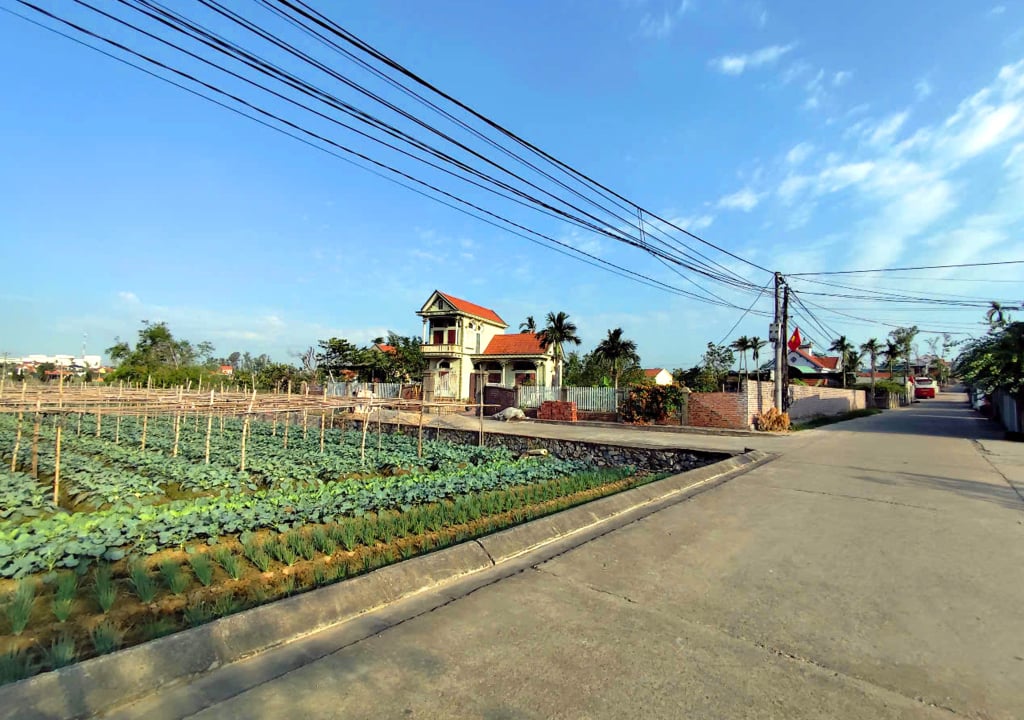
Sharing about the desire to get rich of Tien An farmers, Mr. To Duy Tong added: Recently, Tien An people have also known how to promote the strengths of custard apple trees, which are very popular in the market. Tien An farmers have quickly grasped and restored the traditional custard apple variety. Tien An custard apples have a beautiful shape and appearance, bright eyes, and a sweet taste. In recent years, Tien An custard apple has gradually built its product brand. Especially at the beginning of the season, the price of grade 1 custard apple bought at the garden is about 100,000 VND/kg, grade 2 is about 80,000 VND/kg. With high economic value, many households in Tien An commune have switched to custard apple from ineffective longan and lychee growing areas.
Show area Custard apples are mainly concentrated in Vuon Chay village with over 80 hectares. The number of households growing custard apples in the whole commune is about 100, concentrated in Vuon Chay, scattered in Dinh and Gieng Da villages. Notably, there is a household in Chua village growing Taiwanese custard apples, which cost 3-4 times more than traditional custard apples, promising to bring a new source of income to the people.
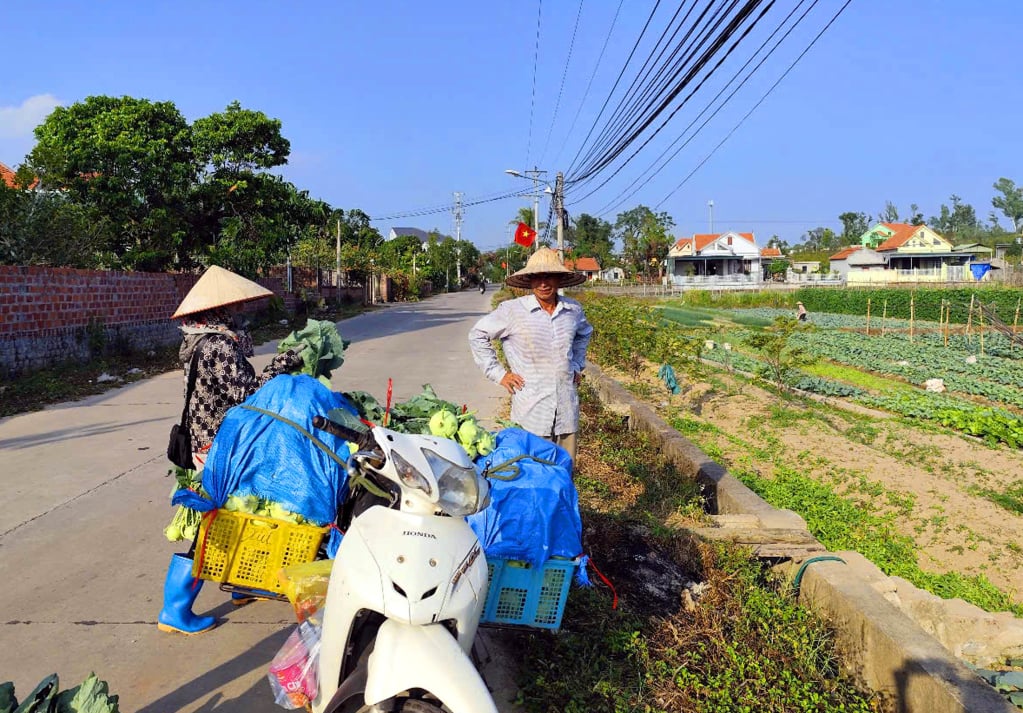
"However, the worrying thing is that the output of Tien An farmers' products often suffers from the situation of "good harvest, low price", so we also consider the management model through cooperatives, actively building brands, improving product quality in the direction of VietGAP... However, these models still lack the attention of the people as well as the resources to implement" - Mr. Tong added.
Source



![[Photo] Opening of the 11th Conference of the 13th Party Central Committee](https://vstatic.vietnam.vn/vietnam/resource/IMAGE/2025/4/10/f9e717b67de343d7b687cb419c0829a2)
![[Photo] April Festival in Can Tho City](https://vstatic.vietnam.vn/vietnam/resource/IMAGE/2025/4/10/bf5ae82870e648fabfbcc93a25b481ea)


![[Photo] Unique folk games at Chuong Village Festival](https://vstatic.vietnam.vn/vietnam/resource/IMAGE/2025/4/10/cff805a06fdd443b9474c017f98075a4)


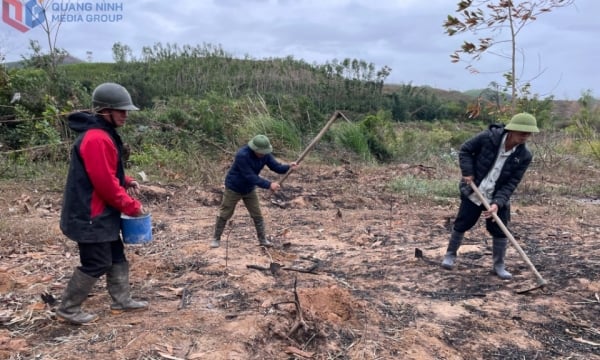
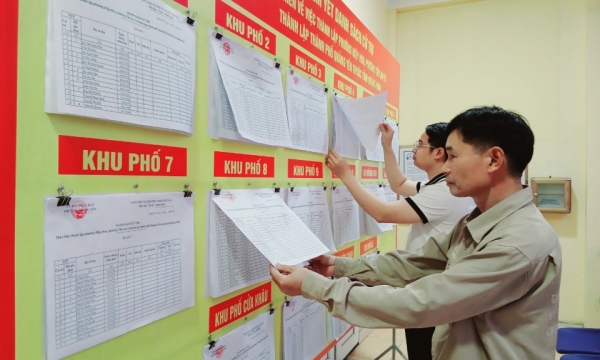


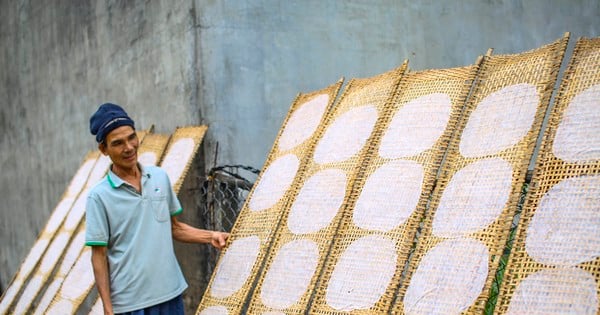
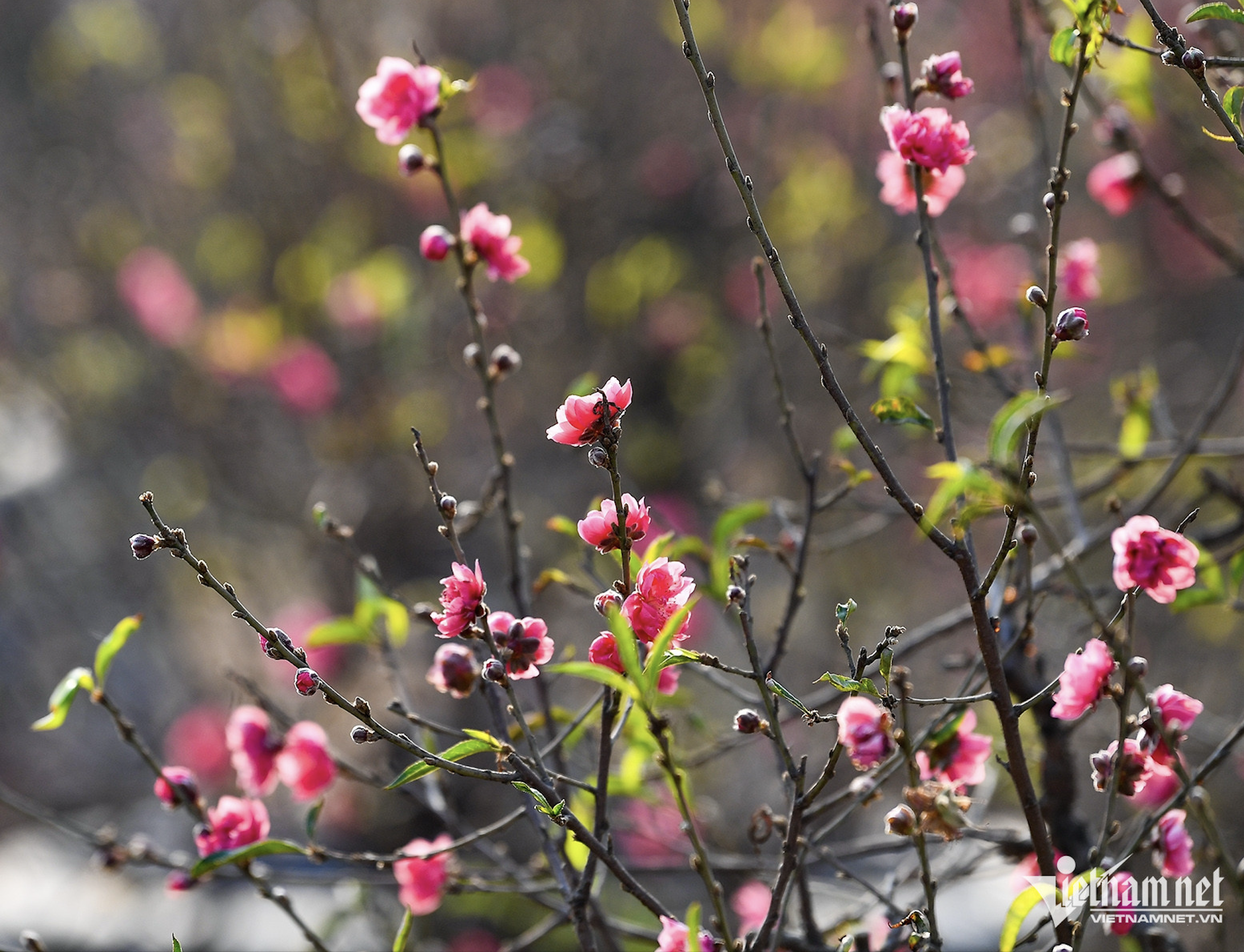

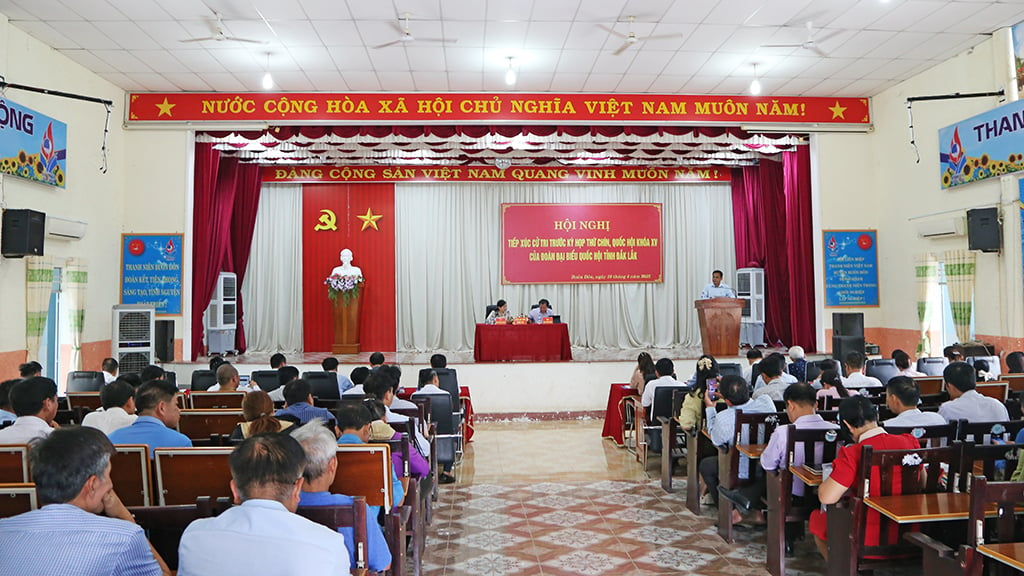
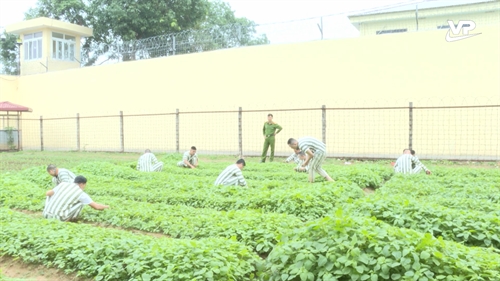
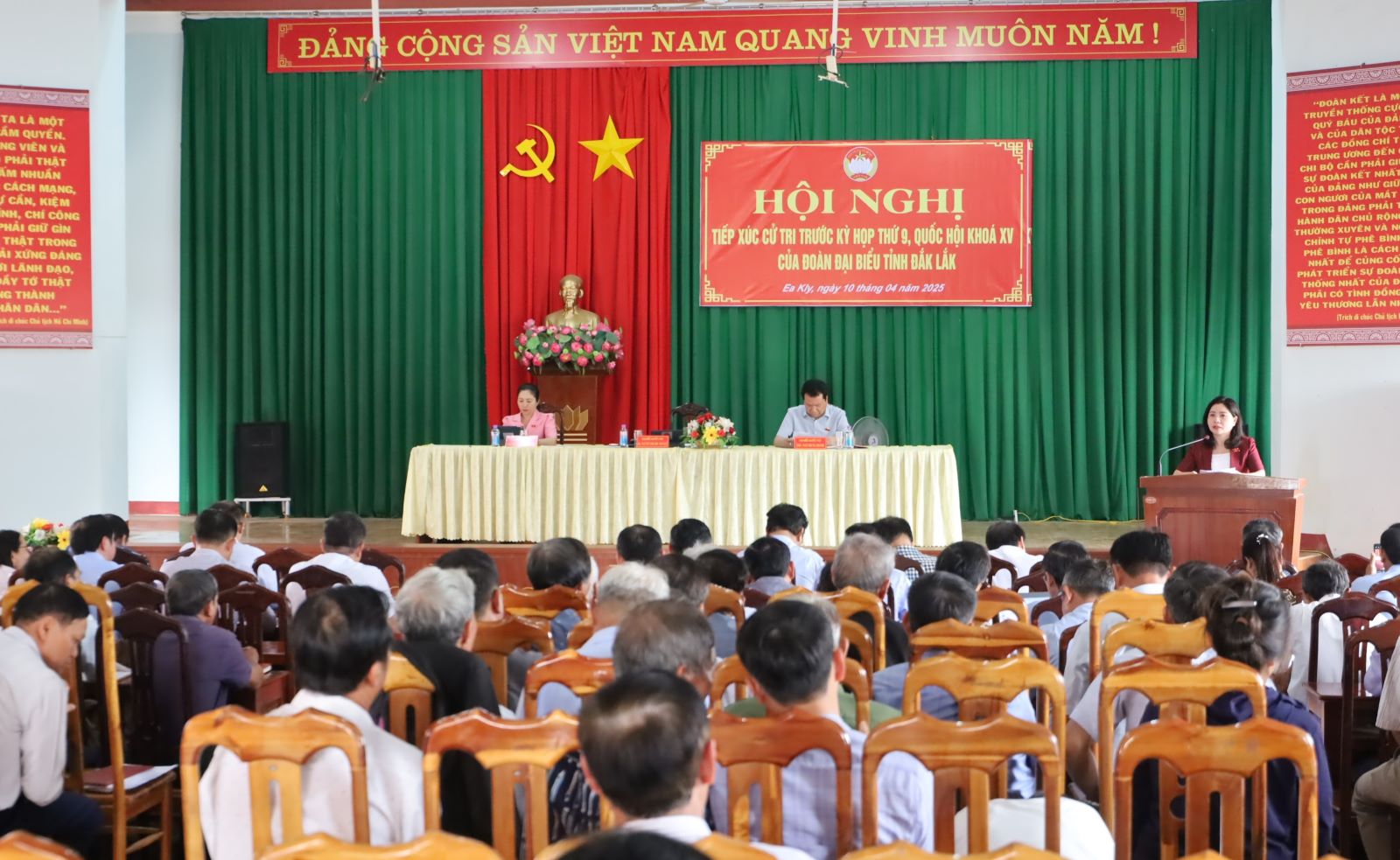
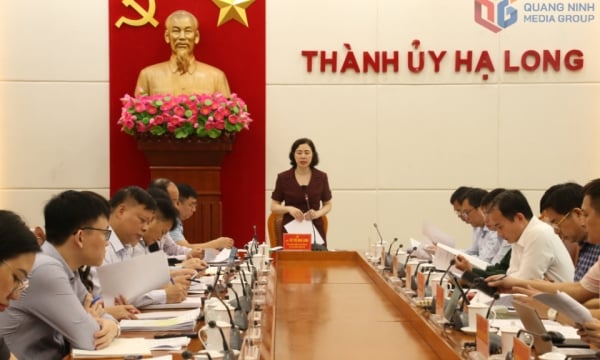
![[Infographic] Diverse activities of the 4th Dong Thap Province Book and Reading Culture Day in 2025](https://vstatic.vietnam.vn/vietnam/resource/IMAGE/2025/4/10/a5f00b7d966a475d891f3c3e528c9a66)




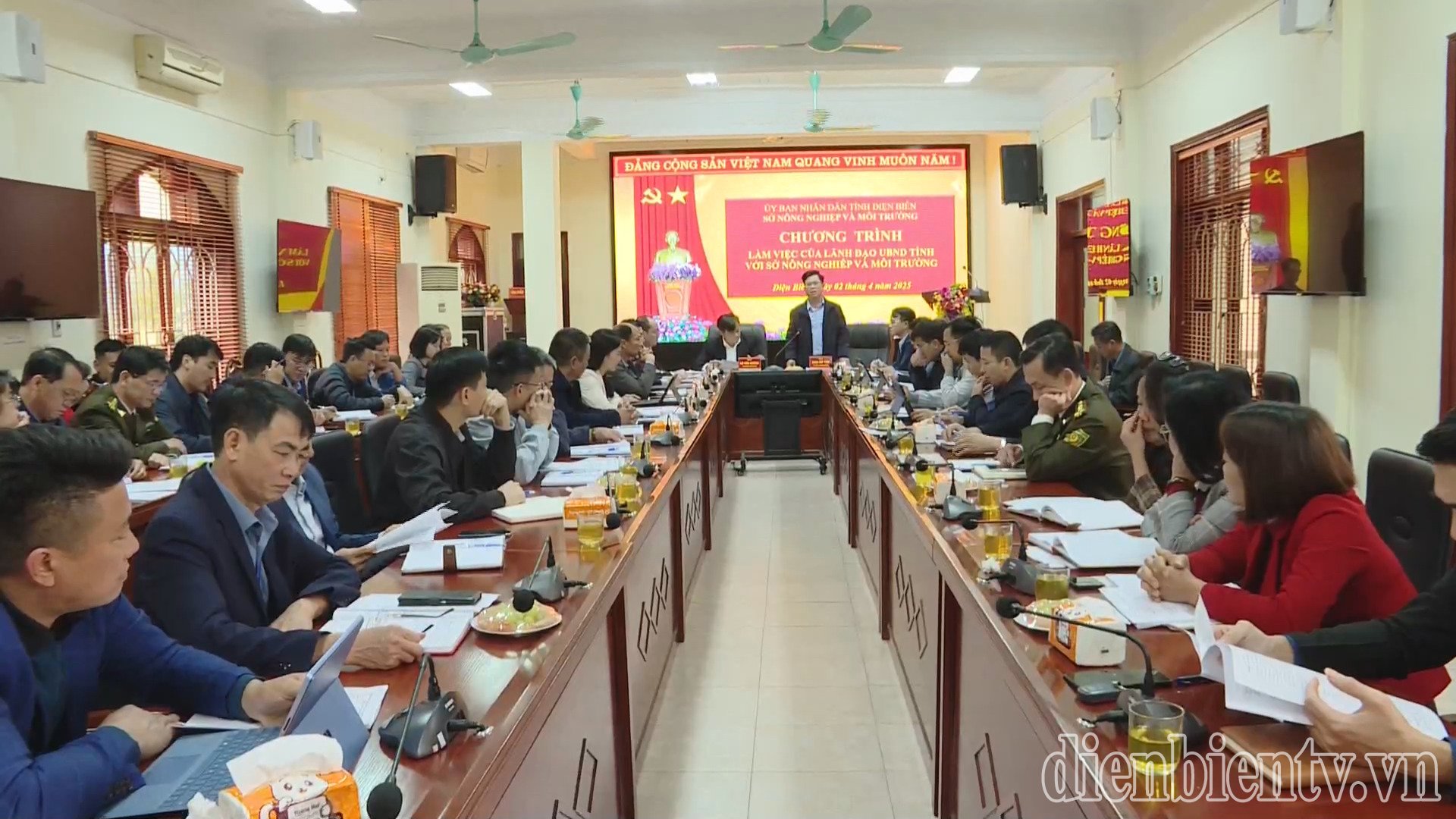
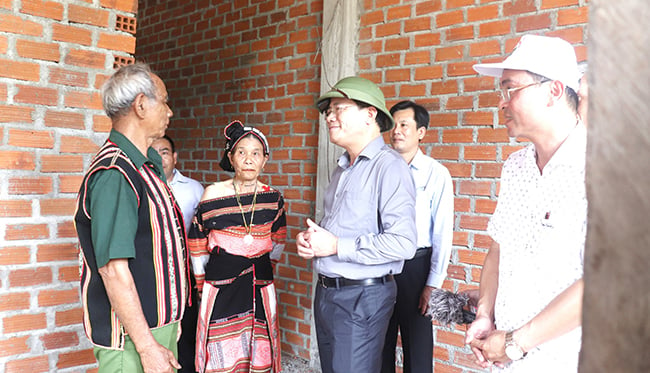
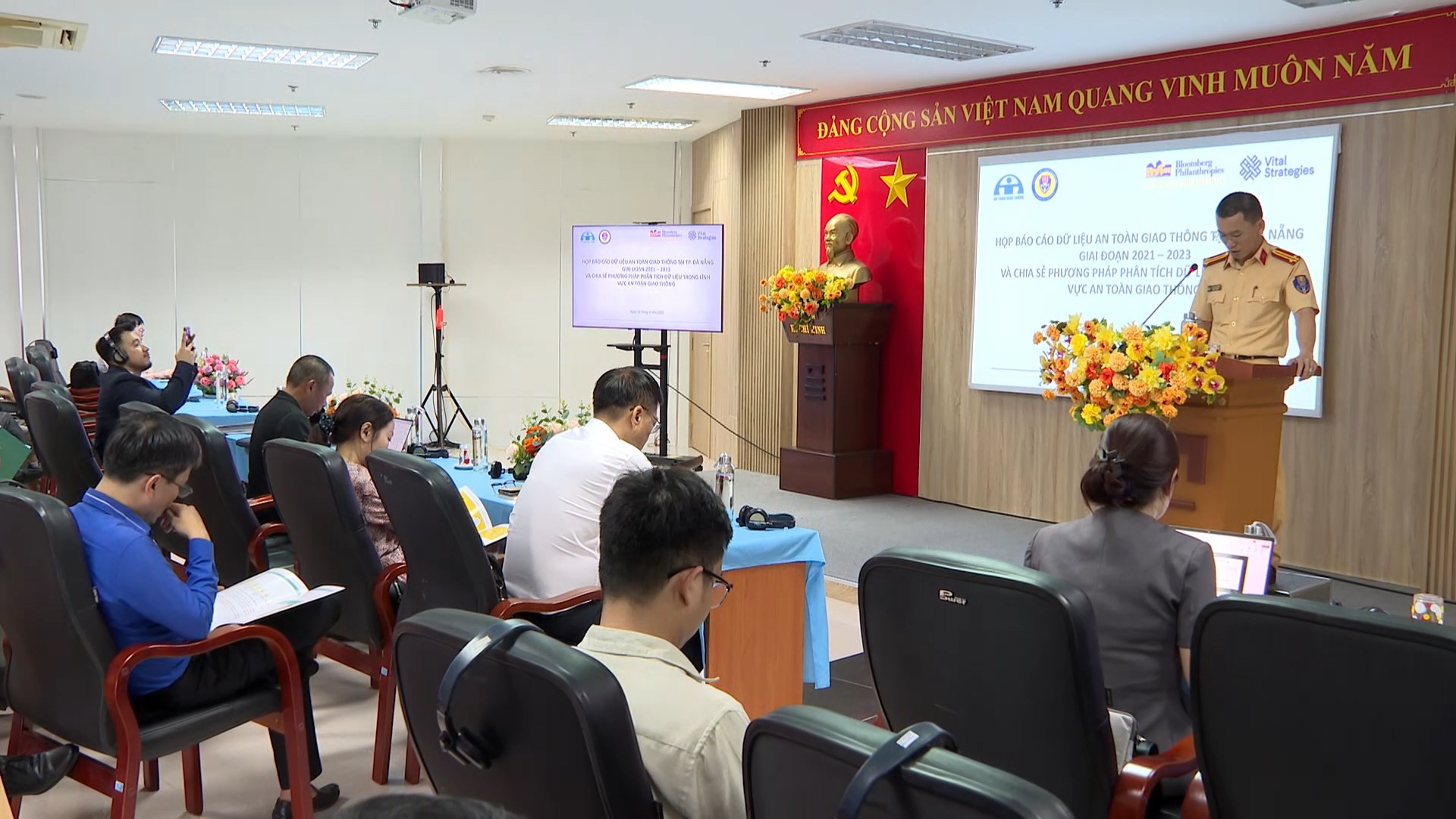
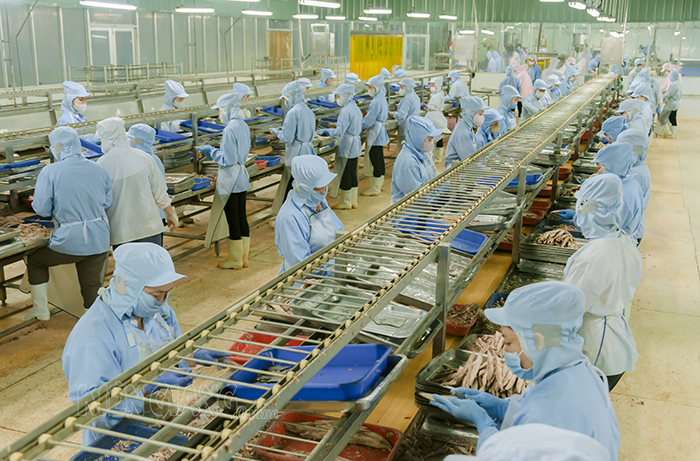


















































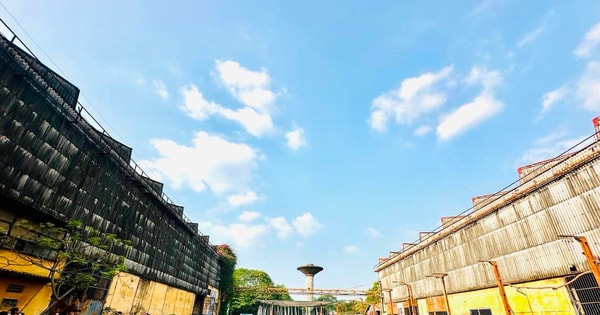







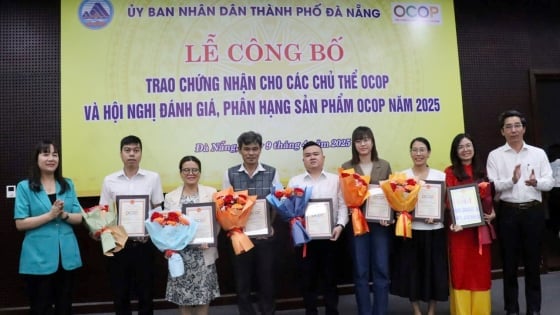
Comment (0)